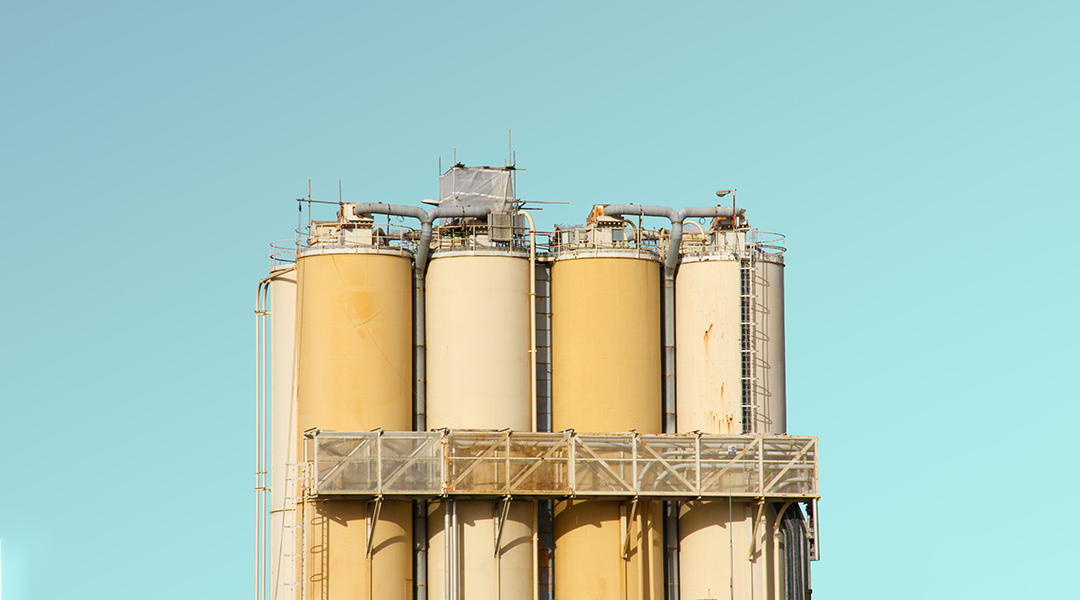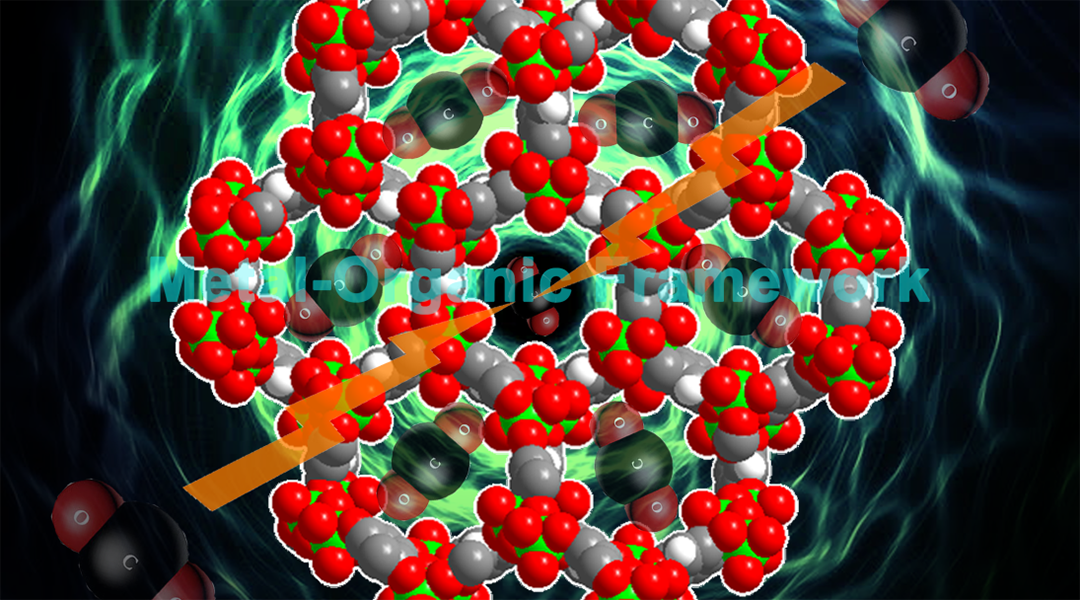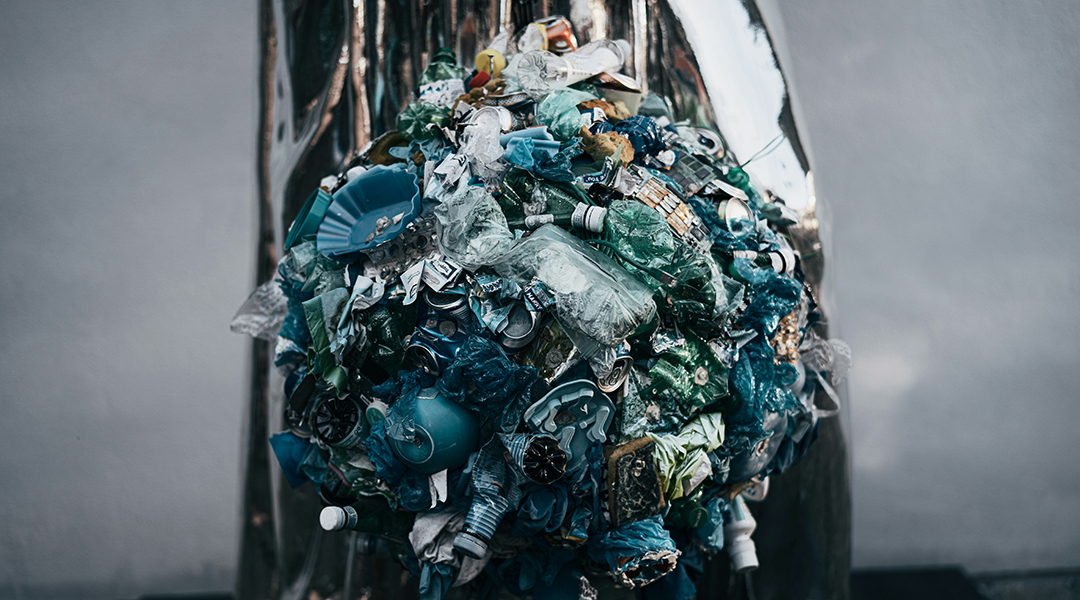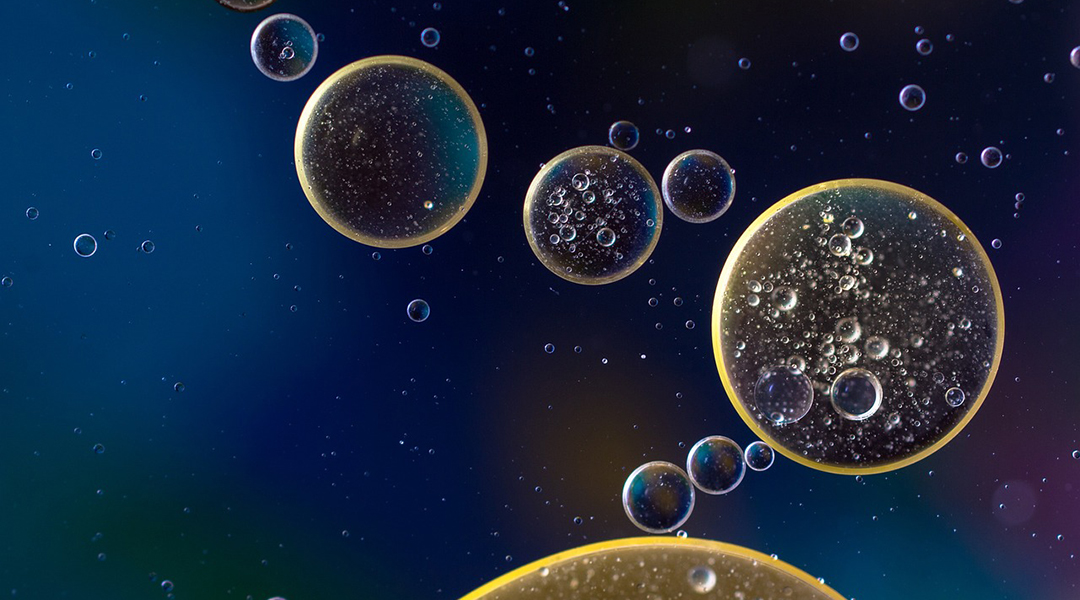A renewable, carbon-based absorbent is challenging MOFs in carbon capture technology, offering sustainable solutions for emissions reduction.


A renewable, carbon-based absorbent is challenging MOFs in carbon capture technology, offering sustainable solutions for emissions reduction.

An innovative new material called CALF-20 has found success in an industrial pilot-scale carbon capture project.

Understanding how bubbles form is vital to both producers and consumers of the world’s most popular alcoholic beverage.

The amount of carbon dioxide produced by industrial point sources is far larger than the current demand for carbon capture and utilization.

Researchers have created a high performance and selective activated carbon from the dairy industry’s excess milk for scalable carbon capture.

MOF‐based carbon dioxide capture urgently needs evaluation of engineering and process design to meet industrial standards.
Chemists at USF and KAUST have discovered a more efficient, less expensive and reusable material for carbon dioxide (CO2) capture and separation.

A closed-loop process for making and recycling polycarbonate plastic also captures carbon to reduce waste and cut emissions.

Scientists develop a light-driven carbon capture system using photoacids, creating an energy-efficient method to remove atmospheric carbon dioxide.

A clever ocean-based device pulls and permanently sequesters carbon dioxide from the atmosphere, generating green hydrogen in the process.